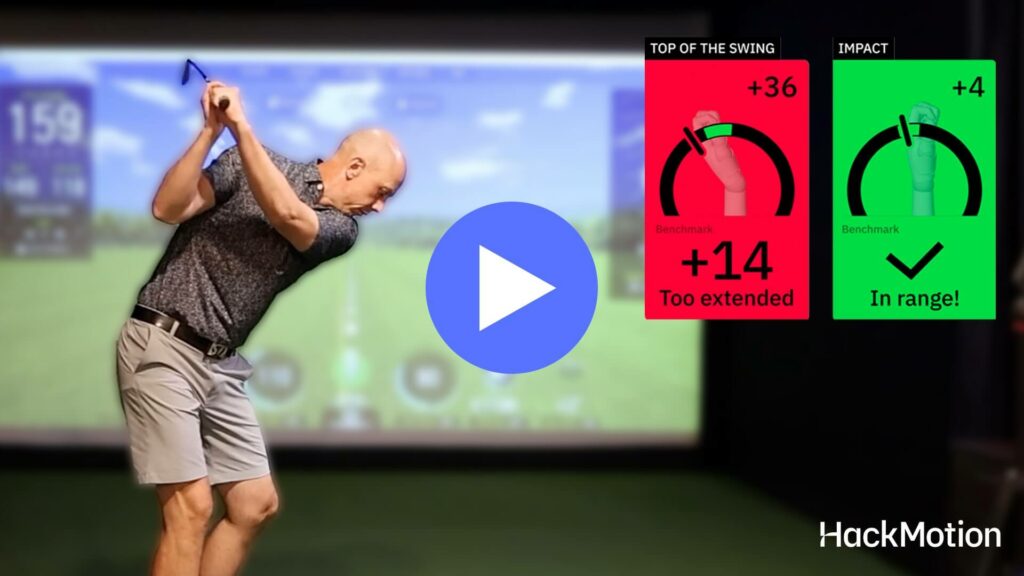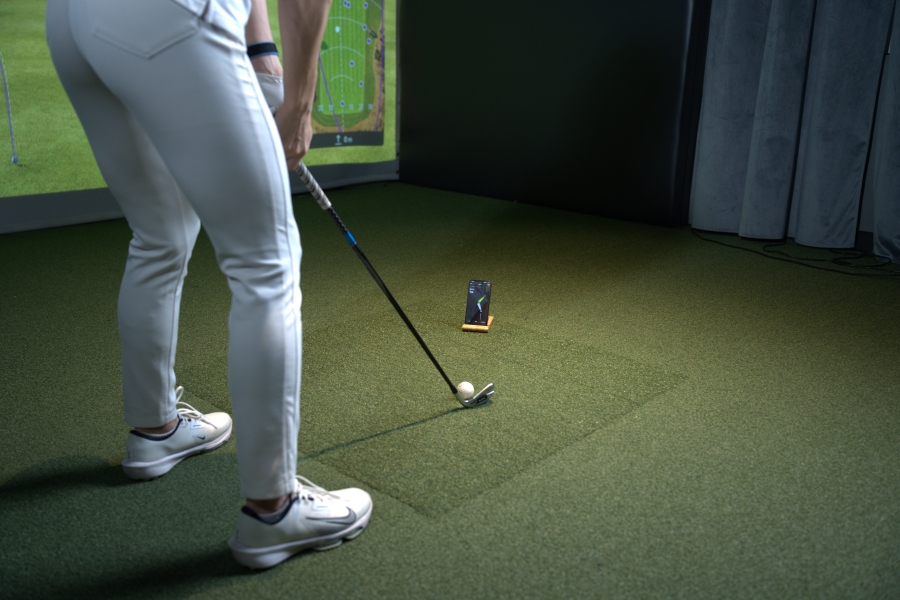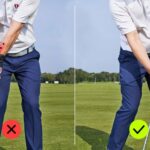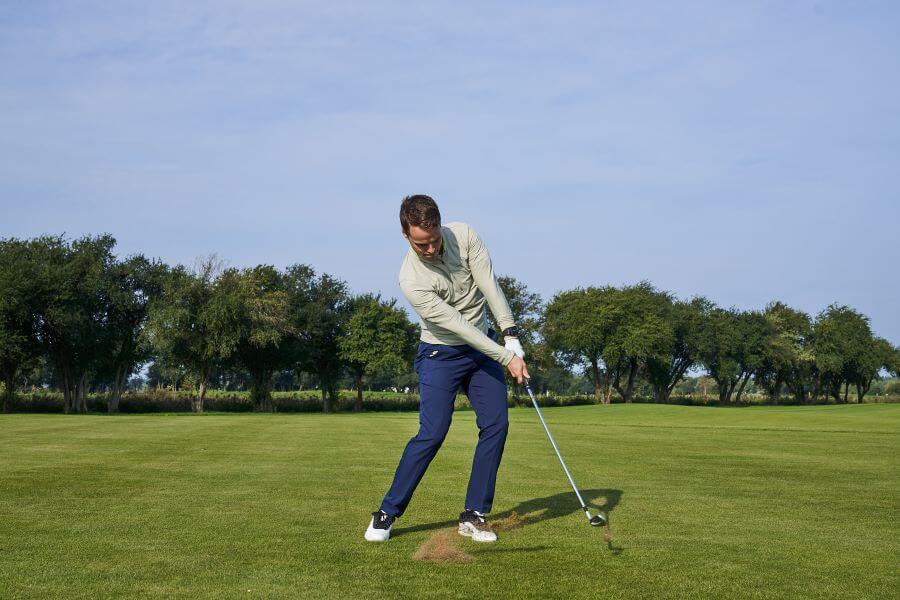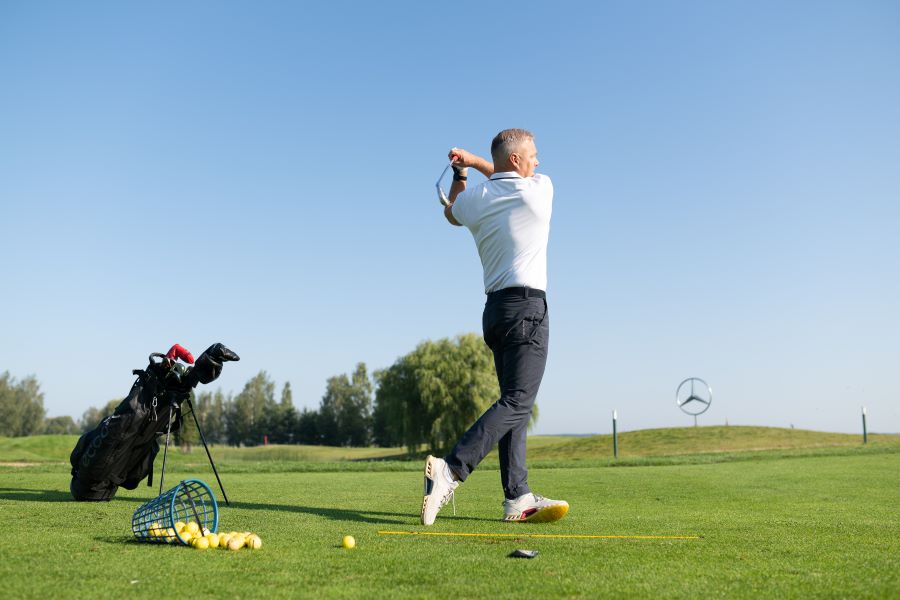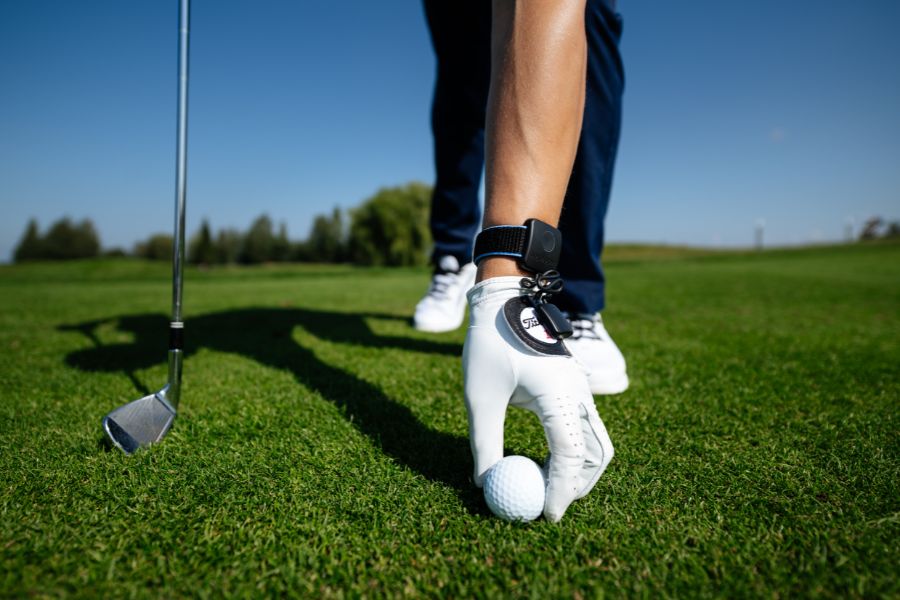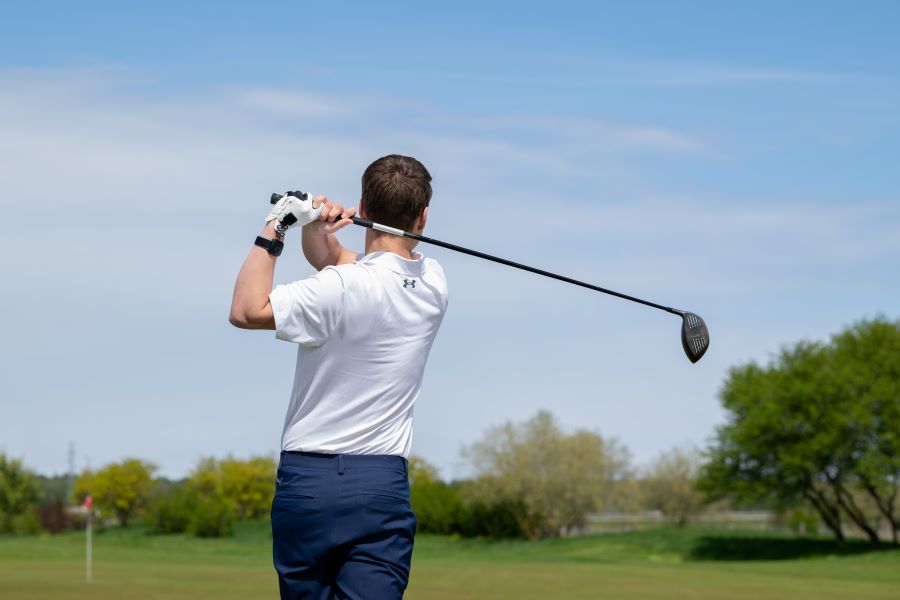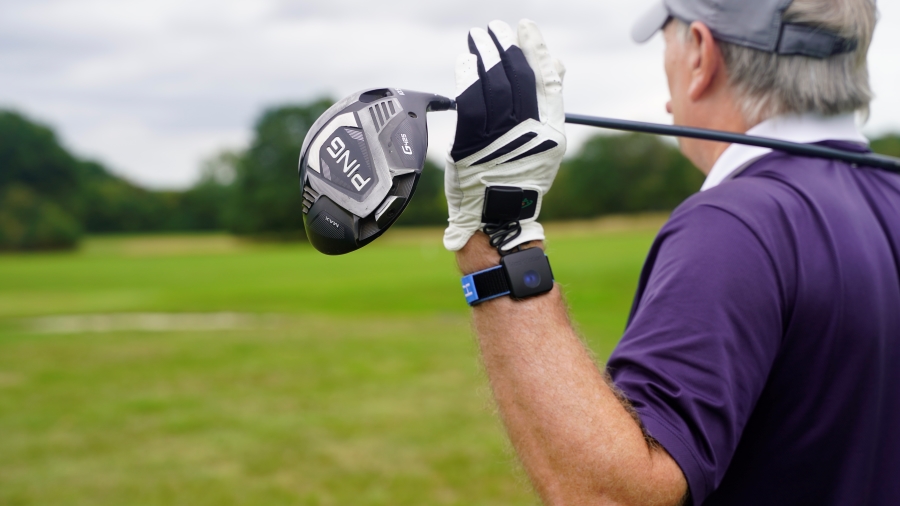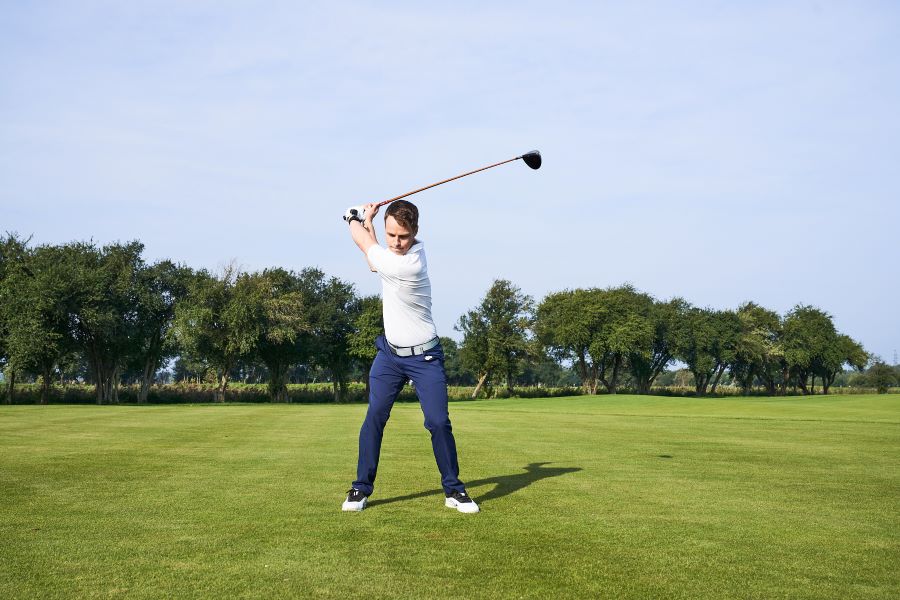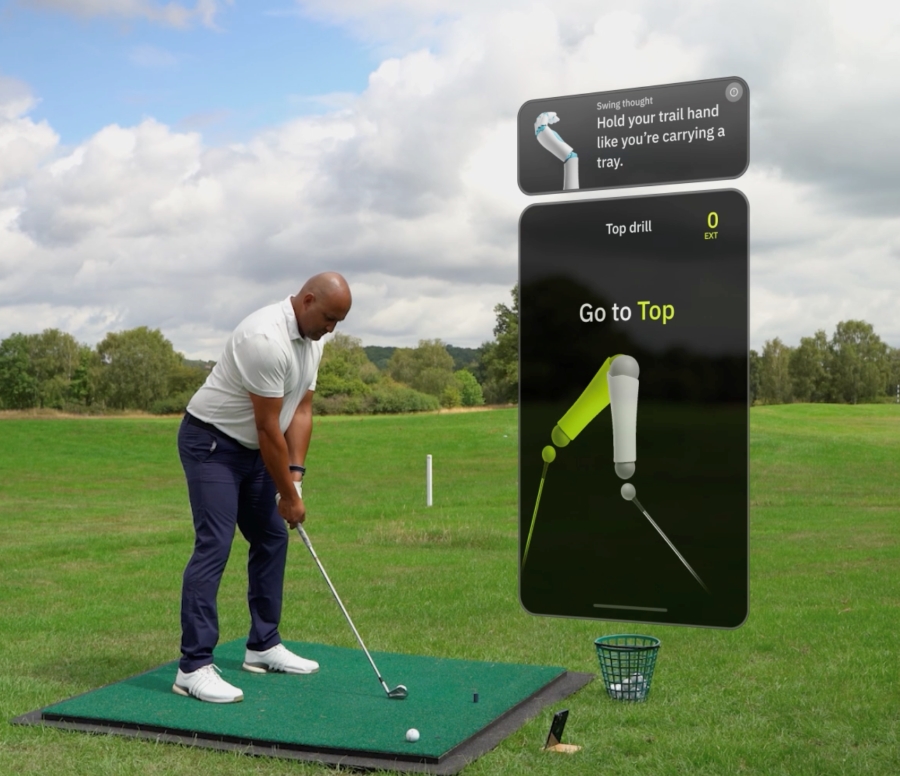9 Different Types of Golf Shots Explained (And When to Use Each One)
Hitting a golf ball straight is important. However, at some point, hitting golf shots straight will not be enough to help you score.
Instead, you need to be able to move the golf ball flight to benefit the situation you are in on the course.
Whether it’s a pin tucked on the side of a green or a tree you have to work your way around, being able to hit a variety of different types of golf shots will benefit your scoring.
Let’s look at the different types of golf shots and what it takes to learn to control the golf ball.
Different Types of Golf Shots (Key Takeaways)
If you need to come back to this later to learn and understand all nine types of golf shots, here are a few bits of information you can take with you right now.
- Most golfers don’t know enough about controlling ball flight; learning more shots gives you options in tough situations.
- Make the smallest change necessary (stance, grip, or ball position) to create a different shot shape.
- Sometimes the smartest play is still the straight shot to the middle of the green.
- Wrist position controls the clubface at impact, and clubface angle controls ball flight.
- If you can hit a slice or a hook on purpose, you can also fix them when they appear unexpectedly.
- Knowing your wrist position at both the top of the backswing and at impact is the fastest way to gain clubface control.
- Practice these shots before you need them on the course—pressure is not the time to figure them out.
9 Different Types of Golf Shots
High Fade Golf Shot
Many beginners hit a high fade naturally because of an open clubface at impact.
The difference between that and a controlled fade is knowing how to set it up and control the curve.
A high fade starts toward the target and curves slightly right (for right-handers), landing softly with extra spin. It’s great for attacking tucked pins or holding firm greens.
How to Hit It:
- Open your stance slightly and keep the ball in the middle of your stance.
- Keep the clubface a touch open to your swing path, not the target.
- Swing along your body line and finish balanced.
HackMotion Tip:
For a controlled fade, the lead wrist should be slightly less flexed at impact than with a draw.
Too much extension and you’ll slice it; too much flexion and you’ll pull it. Use HackMotion to train that “slightly open to path” wrist position.
High Draw Golf Shot
The high draw starts toward the target and moves gently left (for right-handers). It can add extra distance, but if overdone, you risk losing ball control.
To hit it, move the ball closer to your lead foot and take a stronger grip by rotating your trail hand more on top of the club at setup. Keep the swing smooth, and a shallower path can help promote the draw.
How to Hit It:
- Move the ball closer to your lead foot.
- Take a stronger grip by rotating your trail hand more on top of the club at setup.
- Make a smooth swing on a slightly shallower path.
HackMotion Tip:
A high draw often comes from a slightly more flexed lead wrist at impact, helping close the clubface to the swing path. Use HackMotion to track this position, too much flexion and you’ll over-hook it, too little and the ball may stay straight or fade.
Hook
Many golfers see a hook as a mistake, but when used intentionally, it can be a powerful shot.
If you’re behind a tree on a hole that curves left (for right-handers), a hook can get you back in play or even set up a scoring opportunity.
To hit a hook, move the ball closer to your lead foot and take a stronger grip by rotating your trail hand more on top of the club at setup. Make a slightly inside backswing and swing along that path, feeling as though the club wraps around your body on both the backswing and downswing.
How to Hit It:
- Move the ball closer to your lead foot.
- Take a stronger grip by rotating your trail hand more on top of the club at setup.
- Make an inside backswing and swing along that path, feeling the club wrap around your body more.
HackMotion Tip:
An intentional hook comes from a clubface that’s more closed to the swing path at impact.
This often means more lead wrist flexion than normal. Use HackMotion to measure this. The Motorcycle Drill in the HackMotion app can help you add extra flexion.
Slice
The slice is a high, weak shot that curves sharply to the right (for right-handers). It’s caused by an open clubface at impact, often open to the swing path. The more open the face, the more the ball curves. The slice is hard to control. Most slices are unintentional and cost both distance and accuracy.
One of the main causes is too much lead wrist extension at impact, which leaves the face open. While setup and grip changes can help, fixing the wrist angle is the real key.
How to Hit It (to fix it):
- Check your grip, slightly stronger can help close the face.
- Move the ball slightly back in your stance.
- Focus on keeping the lead wrist flat or slightly flexed at impact.
HackMotion Tip:
HackMotion makes it easy to see if your lead wrist is in the correct position at impact. Slicers often can’t feel the face being open, but HackMotion’s real-time audio and visual feedback tells you immediately.
Practice hitting shots with the lead wrist moving toward flat or slightly flexed at impact, this squares the face and eliminates the slice without guesswork.
Knockdown Golf Shot
The knockdown is one of the most useful shots in golf, especially in windy conditions. It keeps the ball flight low, making it easier to control distance and direction.
You’ll also use it more often than you think—whether to avoid tree branches or control spin into firm greens.
How to Hit It:
- Use a lower-lofted club than normal for the distance.
- Set more weight on your lead foot at address.
HackMotion Tip:
A good knockdown comes from maintaining lead wrist flexion through impact, preventing the face from adding loft. Too much extension at impact will cause the ball to launch higher and lose the knockdown effect.
Flop Golf Shot
Phil Mickelson is famous for it, but the flop shot is one of the most challenging golf shots.
The flop shot is played with a highly lofted club, very often the lob wedge, it sends the ball high and makes it stop almost immediately after landing.
It’s a great option when you need to clear an obstacle and stop the ball quickly, but it requires plenty of practice.
How to Hit It:
- Open the clubface before taking your grip.
- Lower your hands slightly, closer to the clubhead.
- Widen your stance and position the ball near your lead foot.
- Make a smooth, full swing while keeping your eyes on the ball.
HackMotion Tip:
For a flop, you’ll often see more lead wrist extension at impact to add loft. The key is controlling how much, too much and you’ll blade it, too little and the ball won’t get airborne.
Use HackMotion to find and repeat the ideal wrist angle for height without sacrificing strike quality.
Bump and Run Golf Shot
The bump and run is a low-running shot that uses minimal wrist action, making it one of the most reliable options for amateurs.
It works well for getting out from under trees, running the ball up to the green, or controlling distance on tight lies. You can play it with almost any club in the bag, depending on how much roll you want.
How to Hit It:
- Choke down on the club for more control.
- Use a slightly narrow stance with the ball back of center.
- Make a short, controlled swing, often just a quarter or half motion.
HackMotion Tip:
Since the bump and run minimizes wrist hinge, use HackMotion to monitor a steady lead wrist angle through impact. Excess extension will add unwanted loft, while maintaining your angle keeps the shot low and running.
Punch Golf Shot
The punch shot is a mix between a bump and run and a knockdown. It’s ideal for getting out of trouble, keeping the ball low, and getting it back in play, sometimes even onto the green.
How to Hit It:
- Use a lower-lofted club for the distance.
- Narrow your stance and play the ball slightly back.
- Shorten your swing and focus on hitting down and through.
HackMotion Tip:
A good punch comes from maintaining lead wrist flexion through impact to keep loft off the clubface. Use HackMotion to ensure the wrist angle stays stable; any extension will send the ball higher than intended.
Sand Golf Shots
For many golfers, bunkers feel like a nightmare, but with the right technique, getting up and down from the sand is very doable.
A well-played bunker shot can even generate plenty of spin, letting you attack the pin with confidence.
How to Hit It:
- Take an open stance and dig your feet slightly into the sand.
- Open the clubface before taking your grip.
- Aim to enter the sand an inch or two behind the ball.
- Accelerate through the shot, allowing the sand to carry the ball out.
HackMotion Tip:
Good bunker shots rely on adding loft with lead wrist extension at impact, but the key is control. Too much extension and you risk thinning the shot; too little and the ball won’t get airborne.
How to Hit Different Types of Golf Shots
Once you understand the different shot shapes, the next step is learning the basic adjustments that make them possible.
You don’t need to master all nine right away, but knowing how setup, grip, and wrist positions influence ball flight will help you adapt to almost any situation on the course.
Here’s a quick guide to the key fundamentals and how HackMotion can help you train them.
Setup & Stance
- Square stance for straight shots.
- Open stance slightly for fades; close stance for draws.
- Adjust ball position and weight distribution to fine-tune shot shape.
Grip
- Stronger grip = closes the clubface more.
- Weaker grip = keeps the clubface open.
- Use HackMotion to check for a consistent grip position every time you set up.
Wrist Position at the Top
- Flexed lead wrist at the top = more square or closed face (e.g., Dustin Johnson, Collin Morikawa).
- Extended lead wrist = a more open face, requiring extra work to square it.
- Use HackMotion to compare your top-of-swing wrist position with the pros and tag practice sessions for review.
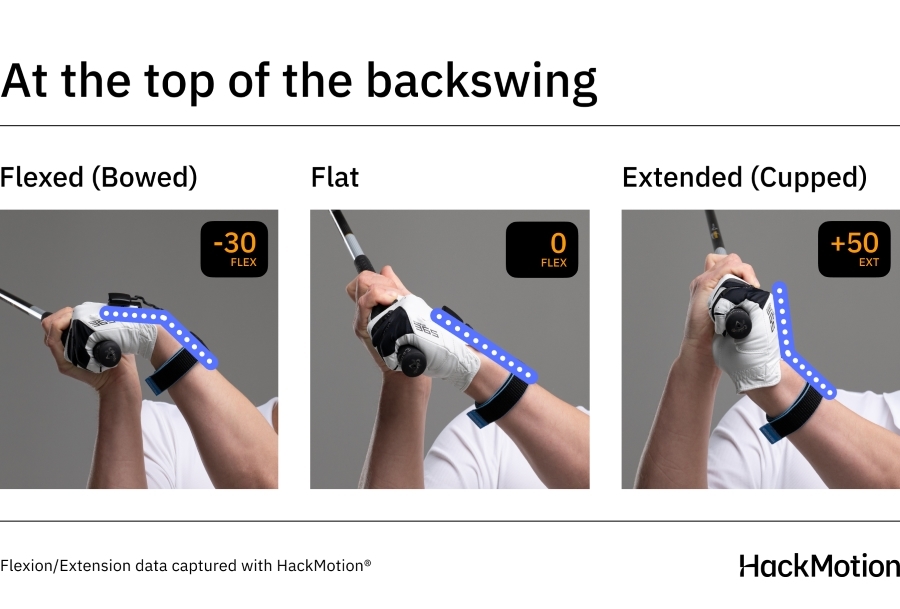
Wrist Position at Impact
- Best players have flat to slightly flexed lead wrists at impact—never extended.
- This position improves strike, spin control, distance, and accuracy.
- Use HackMotion’s audio feedback to train and repeat the correct wrist angle.
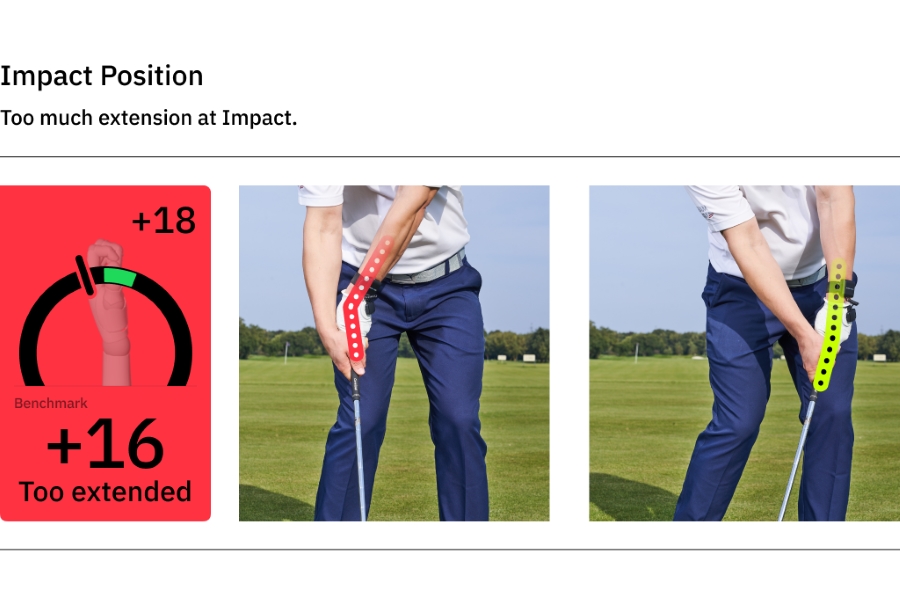
FAQs
Here are a few of the most commonly asked questions about the different types of golf shots.
What is the difference between a fade and a draw?
For a right-handed player, a draw is a shot that starts straight and turns slightly left. A fade is a shot that starts straight and turns slightly right.
The draw and the fade are controlled shots typically hit intentionally by good ball strikers.
When should I use a pitch shot versus a chip shot?
When you have an obstacle in front of you that you must clear, the pitch shot is a better solution. It has a higher loft, better spin, and more carry. Chip shots are for shots that are kept lower to the ground where a little more roll is needed.
What is the key to hitting a solid iron shot?
To hit a solid iron shot, you will need the ball positioned properly in your stance, a clubface that is square at impact, a flexed lead wrist position, and a body that is rotating through towards the target with weight on the lead foot.
It sounds like a lot, but with the help of tools like HackMotion, iron shots are much easier to pull off.
Final Thoughts
Most amateur players are missing out on the secret that all professional golfers know. To control your golf shots, you must perfect your wrist angles in your golf swing.
When you watch professionals play, you can see that they are hitting different golf shots. Even with just one club in their hand, they can hit high and low shots as well as left and right.
If you want to learn how to do this quickly and with precision, invest in a HackMotion and play better golf.

